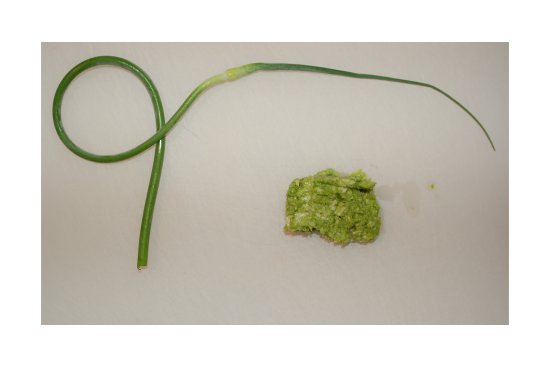My friend Lieven reports potato and tomato blight in his area of Belgium. If you live in Northern Europe and are growing either of these, keep an eye on your plants!
In particular, blight likes cool nights, warm days and wet weather.
On potatoes, blight shows up as gray spots on the leaves that spread. On tomatoes, it usually shows up as black or grey spots or rings on the stems and foliage and blemishes on the fruit.
For tomatoes it’s almost always very quickly fatal. Usually if you try to quickly harvest tomatoes on the plant for indoor ripening, they will already be infected and will rot within a few days. Because the plants are very contagious, and the spores of blight last a long time in the ground, usually the only prudent course of action is to destroy infected plants as quickly as possible. Don’t compost infected plants! Burn them or dispose of them in the trash.
My understanding is for potatoes there are some alternates to destroying your plants, and early harvest or removing the plant’s foliage are sometimes options. I’m not experienced enough of a potato grower to offer advice on this, so perhaps some other people will post some suggestions.
If you come in contact with infected plants, be sure to shower and change your clothes before handling plants that aren’t yet infected.
There are no chemical or organic treatments available to home gardeners that are effective once your plants become infected.





